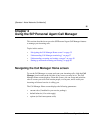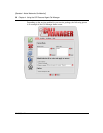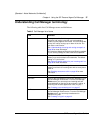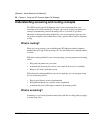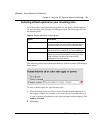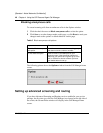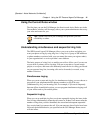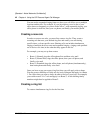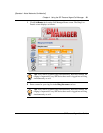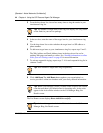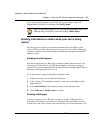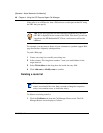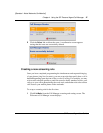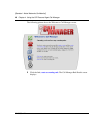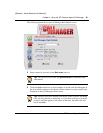
42 Chapter 4 Using the SIP Personal Agent Call Manager
NN10039-112
[Standard - Nortel Networks Confidential]
You can use the sequential ringing feature to have your call follow you to multiple
locations and devices. For example, if your job requires you to be out of your
office almost as frequently as you are in the office -- with sequential ringing, your
office phone is tried first, then your car phone, and finally your mobile phone.
Creating a new rule
In order to create a new rule, you must first create a ring list. Then, create a
screening rule that uses your defined ring lists and routes your calls during
specific times, or from specific users. Routing calls can include simultaneous
ringing of multiple devices at once and sequential ringing - ringing each specified
set of devices at a time, in the order that they appear in the list.
For example, you may set up three routes:
• Route 1 (Normal) rings the office phone first and then voice mail
• Route 2 (Normal Plus) rings the office phone, then your cell phone, and
finally voice mail
• Route 3 (Extended) rings the office phone, and cell phone (simultaneously),
then home phone and finally voice mail
Once you have set up your routes (ring lists) then you will apply rules to them.
You may create a Monday to Friday rule for work colleagues and apply it to Route
1. For callers that you want to always be able to find you (your boss, for example)
you would create a 24 x 7 rule and apply it to Route 3. A rule defining family
members might best be applied to Route 2.
Creating a ring list
To create a simultaneous ring list for the first time




